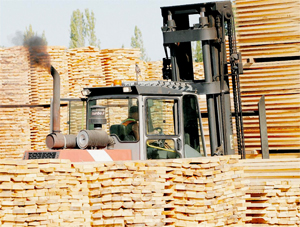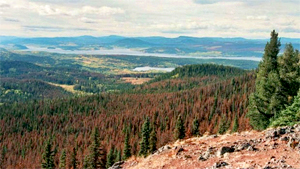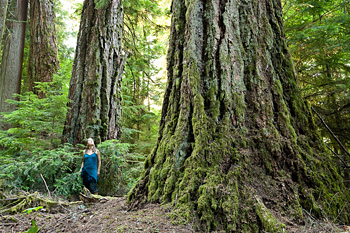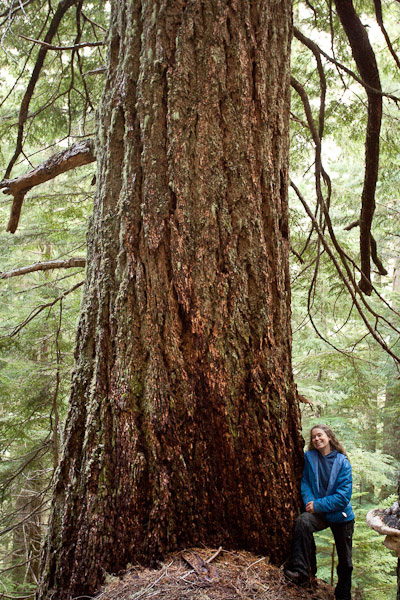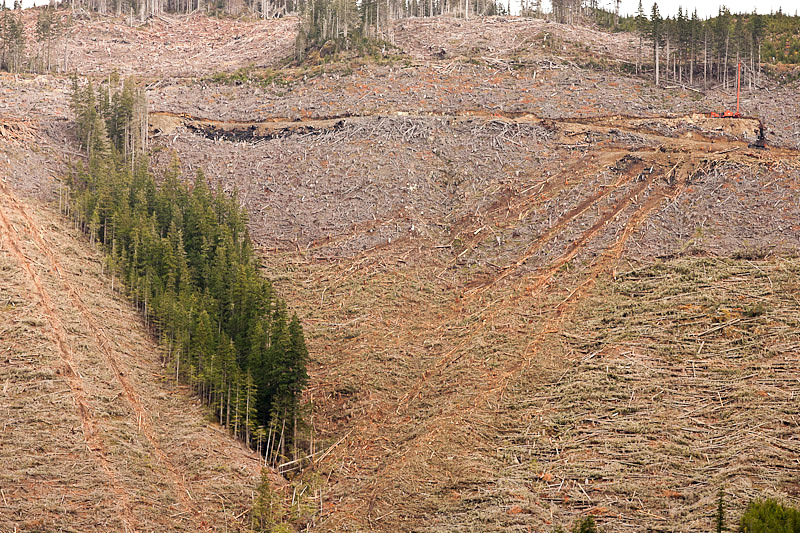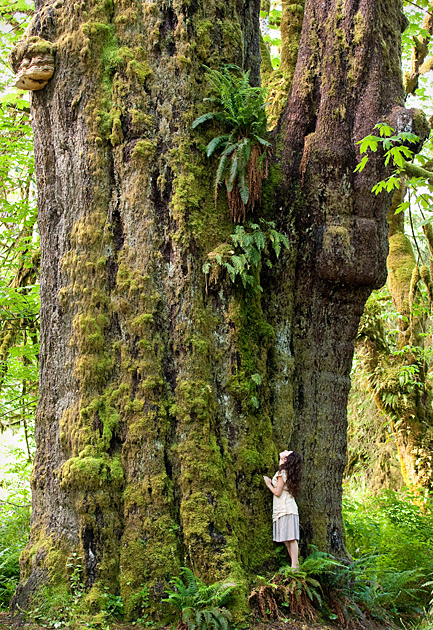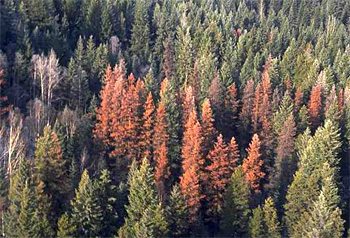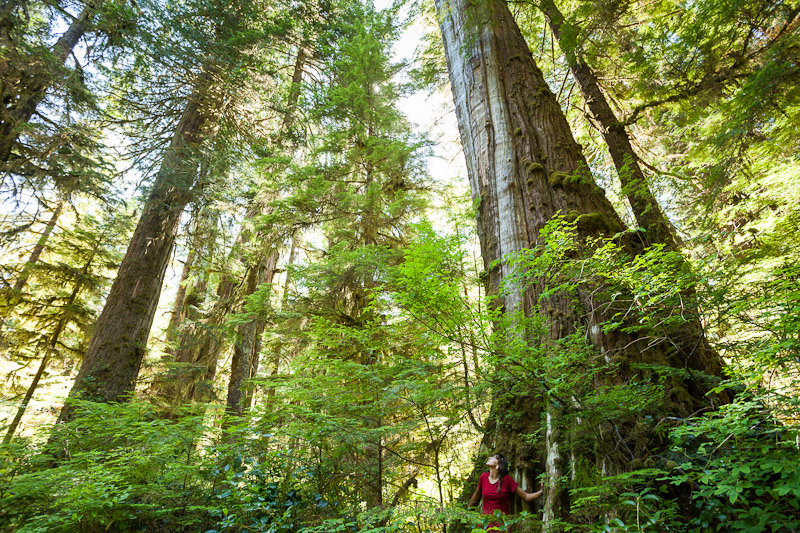Plan to maintain timber supply widens land base.
Link to online Vancovuer Sun article
The B.C. government announced plans on Tuesday to meet timber supply shortages in the B.C. Interior by reviewing current prohibitions on logging in environmentally sensitive areas and giving forest companies more power to manage the land base.
In releasing a plan titled “Beyond the Beetle,” Forests Minister Steve Thomson said the provincial government was moving toward the “next phase in our decade-long battle with the mountain pine beetle.”
But no new money has been committed to critically needed inventory work now that the beetle epidemic is winding down. The plan is the government’s response to a special legislative committee on the timber supply that tabled a report last month.
Critics called the plan vague, saying it doesn’t adequately address how much timber is actually left in B.C. forests. An update of the timber inventory is to begin in 2013, but the plan commits no new money to do the work.
Independent MLA Bob Simpson, whose Cariboo North constituency is ground zero in the beetle-damaged forest epidemic, called the plan a recipe for disaster.
“We are going down the same path as we did with the East Coast cod fishery,” Simpson said. “We are going to play with the rules, the regulations and change the tenure and access, to go and bleed the forests dry in order to keep the status quo.”
NDP forests critic Norm Macdonald said the plan was too vague on the issue of investing in an updated timber inventory. “It was clear there had to be serious investments in inventory. Over 72 per cent of the land has base data over 30 years old. You can’t expect proper forestry to be done with that sort of data.” However, Thomson said the ongoing deteriorating condition of beetle-hit forests dictated that the province delay inventory work until the infestation is over. Federal Student Loan Consolidation
“Now we can proceed,” he said. But he also acknowledged that he is restricted by budgetary constraints and that needed money has yet to be committed. Besides beginning on inventory work, the key elements of the plan include: . A commitment to move from volume-based timber tenures to area-based tenures, where forest companies would assume more management control.
. Increasing the timber inventory by including marginally economic stands that up until this point have been excluded.
. Developing a review of so-called “sensitive areas” that have been exempted from logging because of their wildlife or scenic values, and possibly reopening land-use plans.
Jens Wieting, a forest campaigner for the Sierra Club of B.C., said the province has done exactly what environmentalists feared – sacrificed other forest values to ensure a timber supply for Interior sawmills. He said the government is putting at risk not only environmental values but the forest industry’s reputation.
“To put these at risk for a short-term win is unbelievable. It is a level of ignorance that is hard to digest.”
Thomson said logging communities have asked for the review of restrictions on forest reserves. “It will be done very carefully, and only where there is consensus and agreement from the community,” he said.
The forest industry said Tuesday that it supports the government initiatives.
“We see the potential for some tangible improvements in the short-term and midterm timber supply by following the various courses of action,” said Doug Routledge of the B.C. Council of Forest Industries. “It’s a positive action plan. It provides some definitive timelines. We are a little concerned that there will be sufficient human and financial resources to accomplish what is in the action plan, but that is something that can be worked on over time.”
He said key components for the industry are the commitment to update the timber inventory and a commitment to monitor land-use plans that predate the beetle infestation. Routledge said many values may have changed as a result of the beetle. Current land-use plans leave broad areas out of bounds to logging when it is possible for wildlife conservation to be accomplished in more specific areas, he said.
Routledge said a very rough estimate shows 40 per cent more timber could be found if land-use plans were updated to optimize the allocation of resources and land.
The greatest gains in timber supply are likely to come from the inclusion of marginally economic timber stands.
The beetle is expected to knock 10 million cubic metres a year out of the timber supply. But, in Burns Lake alone, including marginal economic stands added 60 per cent of the volume back into the supply. An economic stand is one with more than 140 cubic metres of saw-logs per hectare. The new standard lowers that to 100 cubic metres.
“They are logging stands below 100 cubic metres per hectare at the moment at Williams Lake,” Routledge said.

